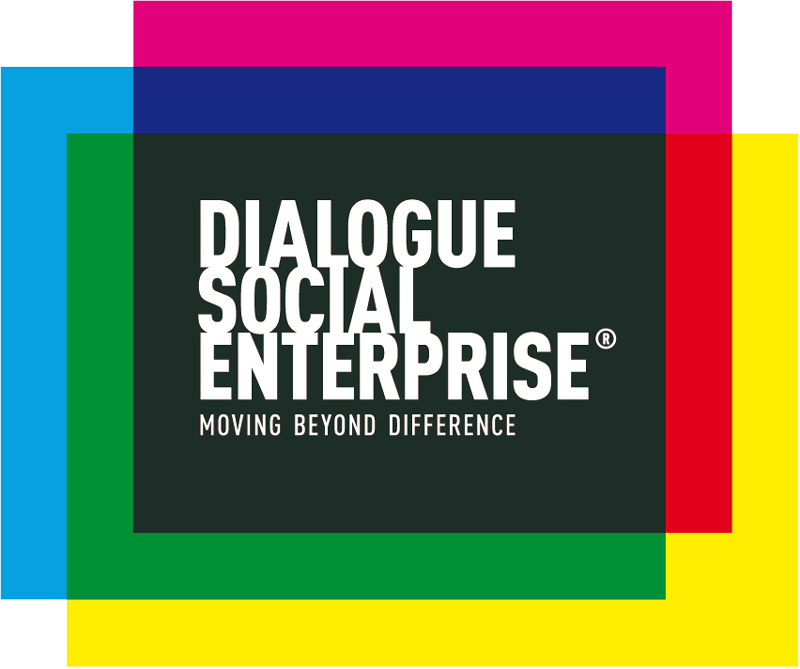The question is difficult to answer.
But I think I've found a clue. I'll tell you.
Both my wife and I are totally blind. Our 6-year-old son Sebastian sees normally.
Sometimes I would get irritated when my wife would ask Sebastian about the denomination of bills, the colors of clothes, or the contents of boxes.
"There are already plenty of apps for that!"
I am an autonomous person. Perhaps this is one of my most notable characteristics. My autonomy as a person with a disability has led me to achieve what I have achieved.
The emergence of accessible technology, for almost 30 years now, has been one of the great milestones for people with disabilities, as it has allowed us to gain autonomy, study, work and fool around almost as much as others do.
But why did it irritate me so much that my wife asks Sebastian for support? I thought that she was giving up her autonomy, and for convenience she was leaning on him.
On the other hand, I wanted Sebastian to have an image of his parents as autonomous people who need little help.
But recently, while reading about dying well, I read that the dying lose their voice in intensive care wards, surrounded by devices and high technology that decide for them and silence them, since doctors listen more to the machines than to the dying.
I realized something that happens with the technologization of the human being. The measure to know when technology is overtaking us is when technology silences us, when our voice no longer sounds.
To put it very simply: when Sebastian’ supports his mother, a conversation is generated, and he learns to support others.
It has happened to me that instead of asking for visual support from a friend or family member, I turn to an app. This causes that on the one hand, small conversations are cancelled and our voices do not sound. On the other hand, we deprive people of the possibility to help.
Accessibility, especially that derived from technology is a crucial issue in the topic of inclusion of people with disabilities, and it is clear to me why, such technology is almost a miracle.
However, I often continue to witness that the way to resolve some inclusion dilemmas in the workplace or in educational institutions is still through conversation, clear communication, a request for support and a solution being offered.
IN Mexico, it used to be very common that when I walked down the street, people would ask me if I needed any help. Today that happens less and less, people are immersed in their cell phones and their voices disappear.
So, every time a technology silences your voice or the voice of another, and we deprive ourselves of a conversation, it is enough of technology.

